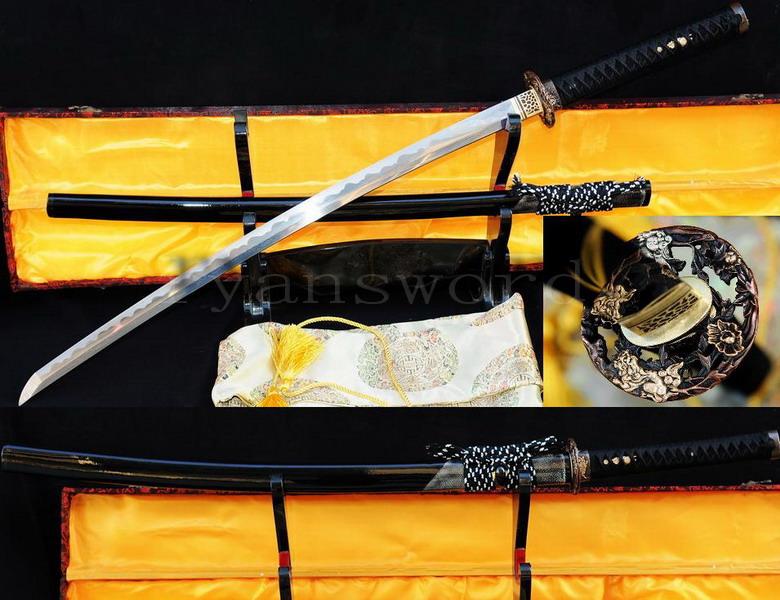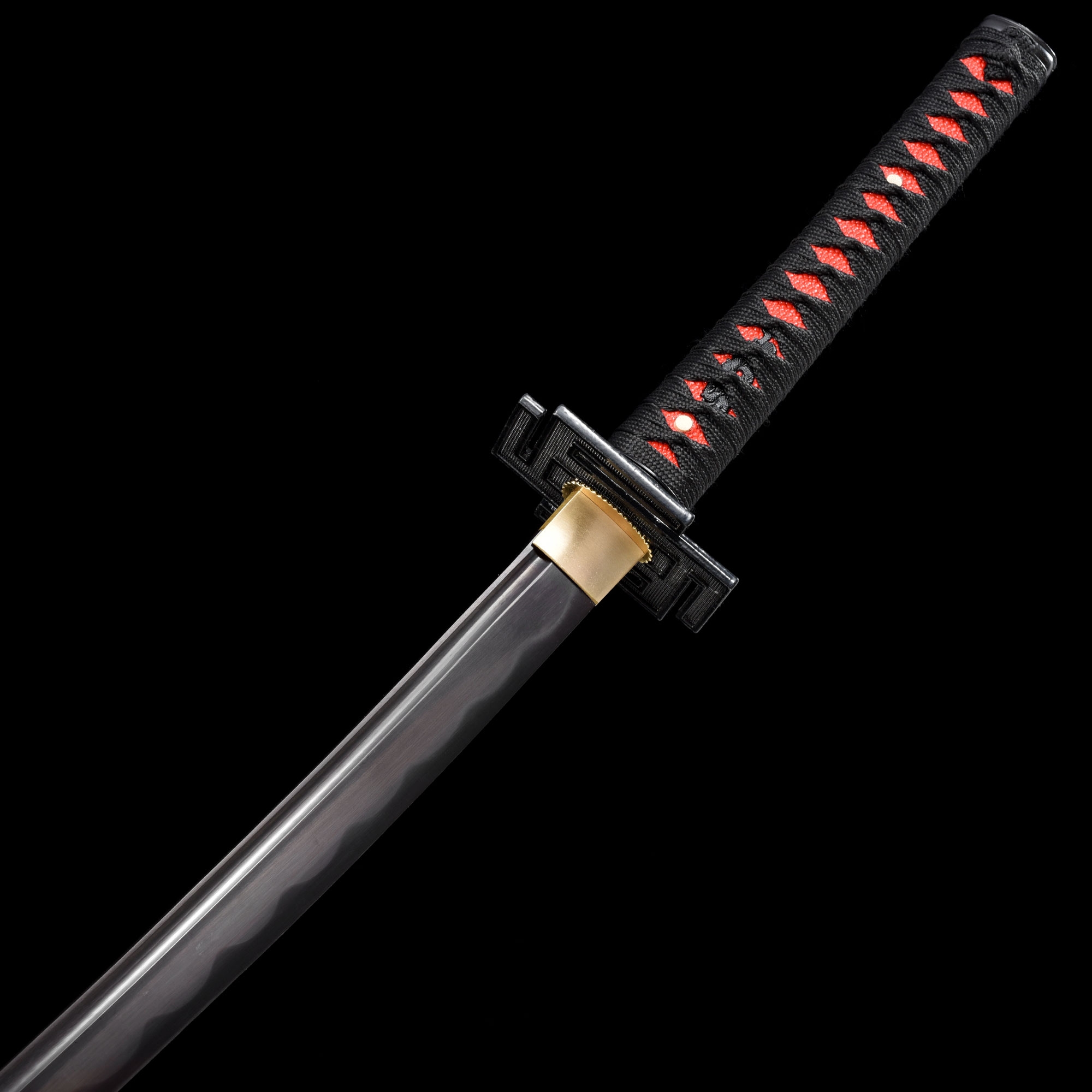

The tanto swords were used by Japanese samurais when the combat went close and personal. These Japanese swords were often seen with Japanese troops, especially generals, during WW2. Type 98 Shin Gunto swords started production in 1938. The Type 94 Shin Gunto were the first models from 1934, although the Type 95 swords were produced already the next year.


Various subtypes of the shin Gunto were produced over the years. Generals wore brown-red and gold shin Gunto, while officers mainly wore brown or brown-red swords. They were only worn by officers, who used to wear this sword according to their status in the military. These swords were styled after the original Gunto swords from the 12 th and 13 th centuries. It was to complement the usual weapons that were used during WW2, such as guns and pistols. The word shin Gunto translates to “new military sword”, and they were mainly used by the Imperial Japanese Army between 19. The shin Gunto sword was a part of the Gunto sword family. You Can Check Our Popular articles about Katana Here But it’s the curving procedure that makes a katana a marvel. The older the steel is, the better the blade will be, but it will also cost more. Katanas are made from Japanese steel called Tamahagane, which is folded several times to create a sturdy blade. For a brief period after WW2, katanas were banned, although they began to be produced after 1953 again. During WW2, they were a preferred weapon of choice of the fighters. And katanas held up all the way until today. They were larger, longer, and more substantial. Traditional katanas were slightly different from modern katanas. The blades were curved, although not as much as the Tachi blades. They were about 60-70 cm (27-28 inches) in size. Usually, they were smaller than the Tachi swords, although they were still quite substantial. And katanas only became a popular choice during the Shinto period (1596-1780), although they were already in use earlier.Ī katana was meant to be held by two hands and were a popular choice for close combat. That’s because they are historically and traditionally one of the most common swords used by the samurais. When we think of Japanese swords, most of us think of a katana sword.


 0 kommentar(er)
0 kommentar(er)
